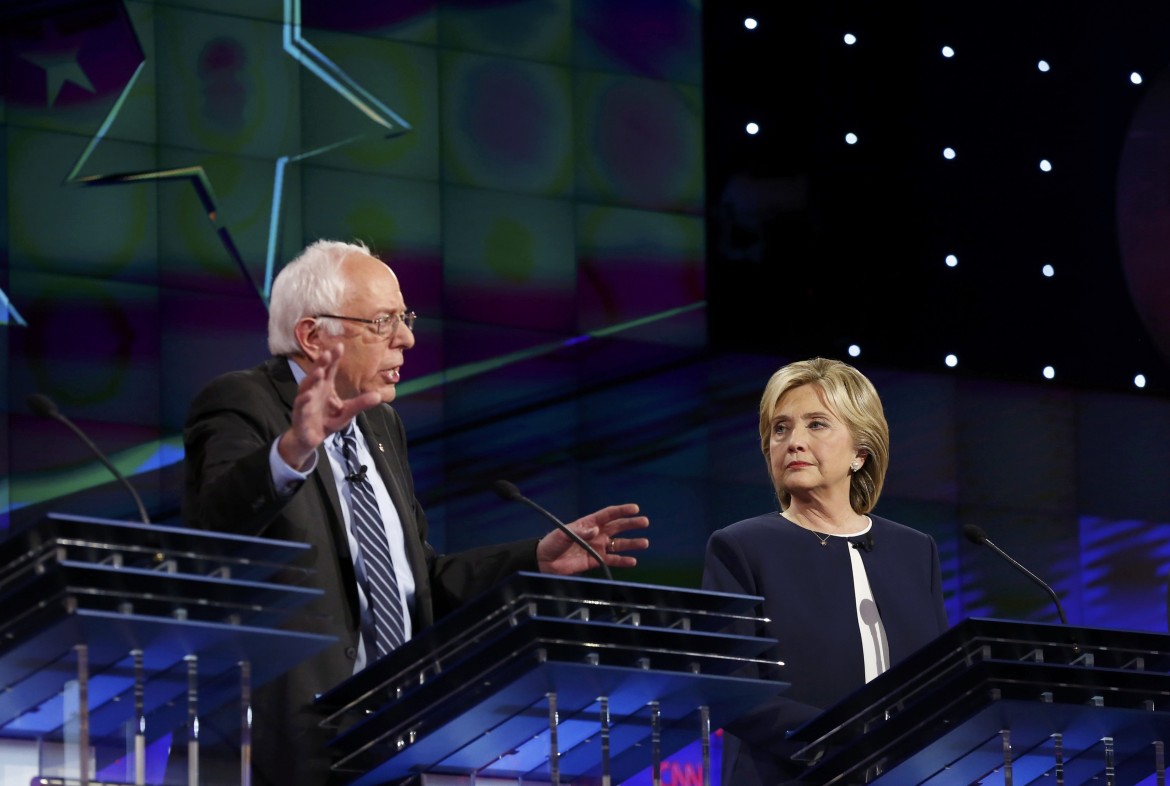I'm running for president. Everyday Americans need a champion, and I want to be that champion. –H https://t.co/w8Hoe1pbtC
— Hillary Clinton (@HillaryClinton) April 12, 2015
Election
Snapchat politics: It’s a social race for the White House
There’s a secondary narrative of the U.S. presidential campaign unfolding on social media.

U.S. candidates for the White House have been using social media in their campaigns since 2008, but only now, the third time around, have they become a principal element of communication and propaganda.
Just as John F. Kennedy benefited from television in the 1960 election, now a new generation of politicians is taking advantage of a new social medium that taps directly into the conversations of Millennials, born with digital communication in their DNA.
Since his re-election in 2012, Obama took personally to Twitter and in recent years has held several chats on Reddit. Now everyone is doing it: Hillary Clinton officially announced her candidacy in a tweet, Jeb Bush on Snapchat and Donald Trump transmitted a Periscope. Every one of them live-tweets the debates of the opposing party, ridiculing their answers.
So you end up with two media events at once: the TV debate and the blow by blow on Twitter.
This leads to two different narratives of the election. In the democratic debate on Oct. 16, Bernie Sanders earned the biggest increase of followers — 2 percent compared to Clinton’s 1 percent — according to data from Crowdtangle, even though the mainstream print media declared Clinton the winner.
For the 2016 campaign there are far more popular platforms to consider than in previous election cycles, including Snapchat, Tumblr and Instagram. These are particularly important because young voters, especially Millennials, have shifted their preferences to live streaming YouTube channels and apps with retractable posts, like Snapchat.
The first to enter this new square was Clinton, who launched into all the more niche accounts and even created a playlist on Spotify.
Mostly, they aren’t using social to present their platforms and talk policy, partly because of the nature of the medium. With Snapchat, where posts are deleted moments after they’re viewed, it’s not possible to include a link for information. And on Pinterest, home to cake recipes and craft projects, Clinton posts images of inspirational women, family photos and the behind the scenes of her campaign. The aim is to make the candidates more human and more easily recognizable.
Among Republican candidates, John Kasich and Scott Walker took part in a 10-second spot for Snapchat in Iowa, while Rand Paul has used it for a micro-pitch of his views on American taxation.
The media companies themselves are aware of their role. For this reason, Snapchat has just hired former political journalist Peter Hamby of CNN to turn the platform into a means of following the 2016 elections — it’s no longer a toy company; it’s a recognized source for news.
That’s why there are now consultants and companies that specialize in social communication, such as Katie Dowd, digital director for Clinton’s campaign, or Matt Oczkowski, the curator of social strategies for Walker.
It’s not enough now to turn on your television. To get a true sense of the campaign, we must be ready to follow and understand a complex set of languages and not underestimate the significance of emerging sources of information.
Originally published at http://www.ilmanifesto.info/snapchat-instagram-e-twitter-e-sui-social-la-corsa-alla-presidenza-usa/ on 2015-10-28
